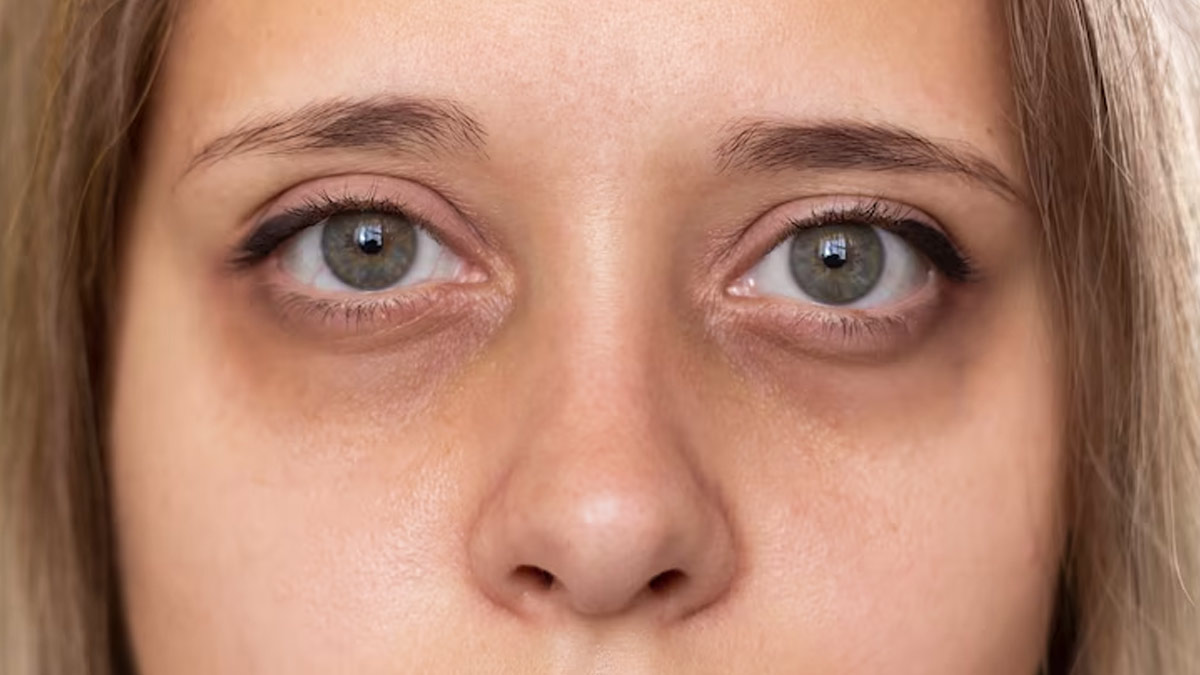
Do you often have dry eyes, swollen eyelids, and pain in your eyes? If you experience these symptoms and have hyperthyroidism, you may be suffering from the thyroid eye disease (TED).
Thyroid Eye Disease (TED), also known as Graves ophthalmopathy, is a condition that affects the tissues and muscles surrounding the eye. It is a common autoimmune disorder that often occurs in people with an overactive thyroid gland (hyperthyroidism). TED can cause a range of eye-related symptoms, including eye pain, swelling, redness, double vision, and bulging eyes.
Table of Content:-
We spoke to our expert Dr Varun Koul, Vice President, Medical Directorate, Glamyo Health, who explained the symptoms, causes, and preventive measures for TED.
Symptoms Of Thyroid Eye Disease

The symptoms of TED may vary from person to person, but they often involve the eyes and the surrounding tissues. Some of the most common symptoms of TED include:
Bulging Eyes
TED can cause the eyes to bulge out of their sockets, making them look larger than usual. This can be a very distressing symptom for many people.
Dry Eyes
People with TED often experience dryness, burning, and irritation in their eyes. This can be due to a lack of tears or the eyes not closing properly.
Also Read: Troubled With Sore Eyes? Learn Its Symptoms And Remedies To Treat It
Swollen Eyelids
Swollen eyelids are another common symptom of TED. This can cause the eyelids to become red, puffy, and painful.
Eye Pain
People with TED often experience pain in or around the eyes. This pain can range from mild to throbbing and stabbing pain.
Double Vision
TED can cause the eyes to become misaligned, leading to double vision. This can be a very distressing symptom and can affect daily activities such as reading and driving.
Causes Of Thyroid Eye Disease
TED is an autoimmune disease, though its specific cause is unknown. This means that the immune system attacks the tissues and muscles surrounding the eyes, causing inflammation and swelling. TED is often associated with an overactive thyroid gland (hyperthyroidism), although it can also occur in people with an underactive thyroid gland (hypothyroidism) or in people who have normal thyroid function.
Preventive Measures For Thyroid Eye Disease
While there is no cure for thyroid eye disease, there are several preventive measures that people can take to reduce their risk of developing the condition or to manage the symptoms. Here are some preventive measures for thyroid eye disease:
Manage Your Thyroid Function
Keeping your thyroid function under control is essential for managing thyroid eye disease. This may involve taking medication to regulate your thyroid hormones, or in some cases, undergoing a surgery to remove part or all of the thyroid gland.

Stop Smoking
Smoking has been linked to an increased risk of developing thyroid eye disease and can also make the symptoms worse. Quitting smoking can help reduce your risk of developing the condition and improve your overall health.
Also Read: What Frequent Eye Twitching Might Indicate, Expert Explains
Manage Your Stress Levels
Stress can exacerbate the symptoms of thyroid eye disease, so it is important to manage your stress levels. This may involve practising relaxation techniques, such as meditation, yoga, or deep breathing exercises.
Protect Your Eyes
Protecting your eyes from environmental factors, such as dust, wind, and bright sunlight can help to reduce the risk of developing thyroid eye disease. Wearing sunglasses, using eye drops, and avoiding rubbing your eyes can also help to prevent the condition.
Consult An Eye Specialist Regularly
Regular eye checkups can help to detect thyroid eye disease early and monitor its progression. If you notice any changes in your vision or eye appearance, it is important to see an eye doctor as soon as possible.
Bottomline
TED is a common autoimmune disorder that affects the tissues and muscles surrounding the eyes. The symptoms of TED can be distressing and can affect daily activities, such as reading and driving. It is necessary to follow these preventive measures as there is no cure for this disease.
Also watch this video
How we keep this article up to date:
We work with experts and keep a close eye on the latest in health and wellness. Whenever there is a new research or helpful information, we update our articles with accurate and useful advice.
Current Version